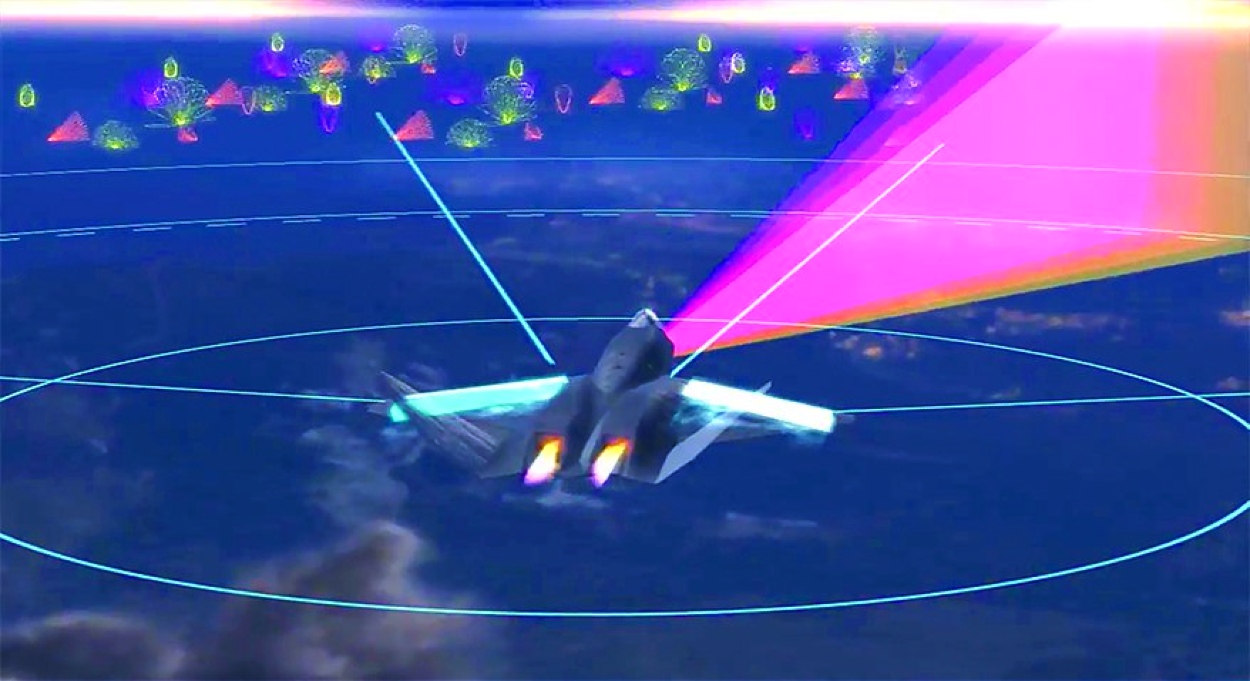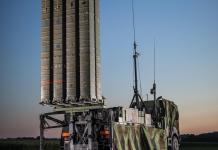Nearly all of Ukraine’s drone first-person view (FPV) kamikaze drone attacks on Russian positions in the Artemovsk region are failing owing to Russian electronic warfare. Distance and terrain, too, have hindered their operations, where the radio link is blocked due to topographical factors.
After JF-17 Fighter Jet Setback, China Lures US’ Oldest Ally In South America With MBT-3000 VT4 Tanks
This was stated in a report on Izvestia by a Russian frontline counter-UAV unit, which said 90 percent of the FPV loitering munitions Ukraine sends up do not reach their target. Ukraine has meanwhile become adept at employing UAVs to drop simple bombs and grenades on ground targets.
The unique drone warfare that has emerged between both countries involves the use of cheap, commercial, and off-the-shelf UAVs for basic military tasks like battlefield reconnaissance, artillery fire correction, and kamikaze drone roles, where the aircraft are strapped with explosives.
Ukrainian FPV Drones Fall Prey To Russian EW
The report quoted the commander of the anti-drone unit of the Sever V brigade, part of the volunteer assault corps. Identifying with the call sign Turok, he said only “10 out of 100 drones” reach the target. “This is due to the difference in altitude and the successful operation of Russian electronic warfare (EW) systems.
If the Ukrainian drone operator launches from a low ground with a high ground ahead, communication will be lost unless a repeater is flown overhead. They do not reach both thanks to our electronic warfare and the difference in altitude,” he added.
However, Russia has been using repeaters, which relay signals between the operator and UAV when the latter is flying at longer distances.
Ukrainian Army drone operators are also “very actively” using FPV drones to drop bombs, the way it has employed “reconnaissance quadcopters” to “drop ammunition.” Moreover, they are also flying back the FPV drones, which are essentially one-way suicide aircraft.
The mode of recovery, which includes landing and retrieval of the drones, the mechanism to suspend the ammunition to the FPV drones underbelly, and the aiming system to release the ordnance is unclear. It can be assumed that it could be the simple contraption that Ukraine used on drones to drop ammunition on Russian soldiers throughout the war — a practice that Moscow also later adopted.
Big Russian Air Defense Systems Can’t Shoot Down Small Ukrainian UAVs
However, Russia is also struggling to tackle small Ukrainian UAVs, with their more significant air defense platforms being unable to detect them.
EurAsian Times, in a report last week, featured a study by Professor Sergey Makarenko of the St. Petersburg Electromechanical University, analyzing the drawbacks of more significant short and medium-range air defense systems. These include the Pantsir-S1, Tunguska self-propelled anti-aircraft guns, Tor, Strela-10 short-range anti-air missiles, and Man-Portable Air Defenses like the Igla-S.
“The practical experience of experimental firing at small targets (with Tor)…indicates the low efficiency of their destruction. The main reasons are the imperfection of the SAM warhead detonation control system, as well as large errors in target tracking and SAM guidance on small-sized UAVs,” the report reads.
Meanwhile, the Pantsir cannot “practically” fire missiles at small-sized UAVs. When the system detects a drone, it is within the minimum missile range, making it impossible to hit. These air defense systems must also fire ample ammunition to bring down a small drone.
For instance, the Tunguska fires 5,000 rounds per minute from its two cannons but only carries 1,904 rounds. Based on this data, a drone would have to hover within range long enough for the Russian air defense operators to empty their guns, reload, and then empty them again to have a 50 percent chance of a hit.
The Strela heat-seeking missiles, with an IR seeker to home on to a jet engine’s hot exhaust, cannot lock on to small drones with low infra-red signatures. “Target acquisition via the IR channel is generally impossible due to its feeble thermal radiation.”
Also, most Russian surface-to-air heat-seeking missiles are fitted with proximity fuses that explode around an aircraft without the need to strike it, spraying small shrapnel that can tear through a large aircraft’s soft body. However, with small drones, unless the missile hits it directly, it just flies right past.
Ukraine’s Western Missiles Too Can’t Shoot Down Russian Gerans
But even more ironic is that Ukraine faces the same problem with Russia’s Geranium-2 (Geran-2 or the Iranian drone it is derived from, Shahed-136) kamikaze drones. Since they were introduced in September 2022, they have primarily only been shot down by gunfire, and not the advanced Western-origin Patriot PAC-3, Norwegian Advanced Surface-to-Air Missile Systems (NASAMS), the German IRIS-T or even Ukraine’s Soviet-origin Buk or S-300 systems.
The slow-moving, propeller-driven, autonomous, and target preset UAVs give out no infrared, thermal, or electromagnetic emissions for SAMs’ radar, radio frequency, or IR seekers to lock on to. It is also prohibitively costly for Ukraine from both a tactical and commercial standpoint to destroy the Germans with a Western missile. The drone costs less than US$30,000, the IRIS-T costs US$430,000, and the Patriot system costs a staggering US$1.1 billion (with a single missile at US$4 million alone).
Thus, using such advanced systems to defeat a cheap weapon represents an acutely painful cost-to-benefit ratio. This is especially true when none of the Western missiles are manufactured within Ukraine and have come from European and American militaries’ stockpiles, making their replenishment difficult.
The Gerans can, therefore, only be shot down by gunfire, particularly the twin-barrelled Gepard anti-aircraft guns, which Ukraine has procured from Berlin in some significant numbers. Geran strikes are marked by multiple lines of tracer rounds shooting up to the sky at night time over the horizon, captured in several videos. A video from late last year showed a man-portable air defense (MANPAD) just shooting past an incoming Geran despite being fired from a relatively close range.
The Geran, however, admittedly threatens these systems since they are launched in coordination with other Russian air and land-fired surface strike missiles to bait, locate Ukrainian air defenses, draw their fire, and force them to expend their stocks, a fact the EurAsian Times had reported about in June this year.

Conclusion
Thus, in conclusion, it can be said that each other’s drones roughly equally threaten both countries. Ukraine has primarily been the inventive one, introducing hasty and ad-hoc drone solutions, owing to the near destruction of its defense industry.
Russia, on its part, relies on its intact and stable and intact defense industry to comfortably produce more drones and arms. Frontline units and self-funded efforts from individual soldiers, academia, and private Russian industry undertake the complicated workarounds for Ukraine’s drone threats.
- The author can be reached at satamp@gmail.com
- Follow EurAsian Times on Google News




